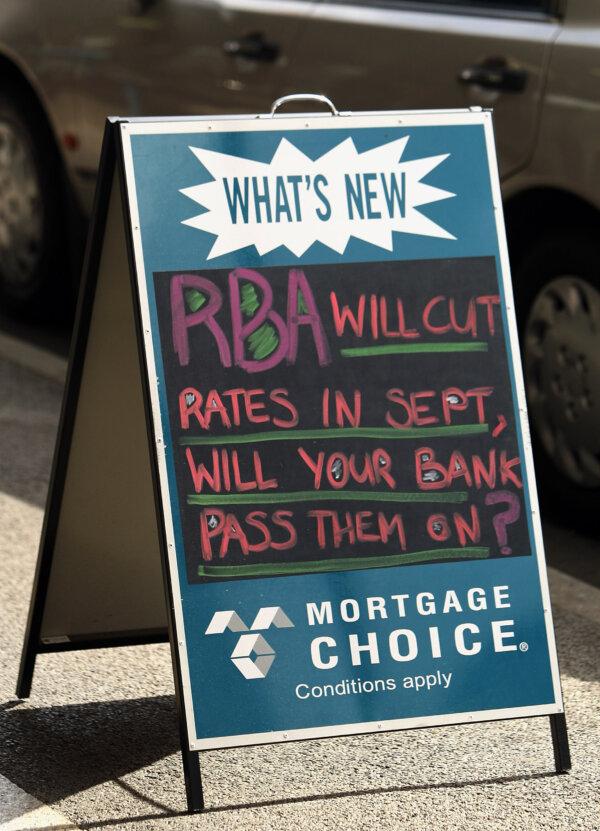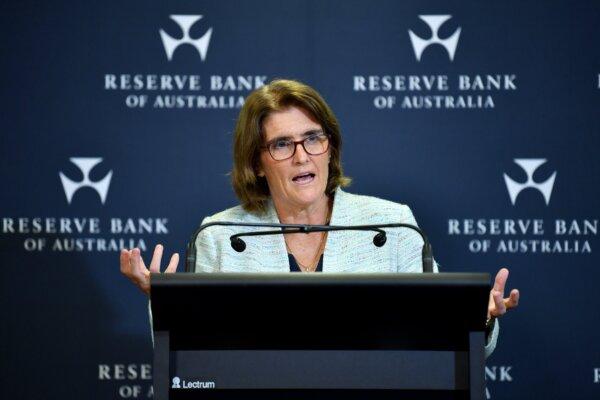All focus turns to RBA following US Federal Reserve’s indication of rate cut
The US Federal Reserve has signaled cuts at its next meeting in September. The question now is: will the RBA follow suit next week, as many predict?
The U.S. Federal Reserve’s decision to leave rates on hold, while signaling a cut at its next meeting in September has buoyed hopes that the Reserve Bank of Australia (RBA) may follow suit at its meeting next week.
However, the Federal Reserve’s statement came amid a weakening U.S. dollar, whereas the Australian dollar has strengthened, reflecting the market’s approval of the RBA’s focus on controlling inflation.
In contrast, other central banks, like those in Canada and Europe, have already eased their rates, suggesting the RBA might not raise rates further.
Signs of cooling inflation and easing labor market conditions in the United States have fueled expectations of three rate cuts this year by the Federal Reserve, starting in September.
In Australia, however, the National Australia Bank (NAB) is maintaining its expectation that the RBA will not move from its current cash rate of 4.35 percent until May 2025.
Some economists fear the RBA may even increase the rates due to increased recessionary risks.
Last week, data indicated that private sector growth slowed in July, with declines in manufacturing and slower growth in services.

Australian retail sales data for June will be released on Aug. 6 followed by the second-quarter Consumer Price Index (CPI) data the next day, potentially providing insights into the future direction of domestic monetary policy.
In Australia, bond traders expect two cuts by June 2025, taking the cash rate to 3.85 percent. However, they see only a six percent chance of a rate cut after the RBA’s policy meeting next Tuesday.
On the other hand, other commentators think it is time for the RBA to move.
“Every country so far to cut rates has done so even though their inflation isn’t at target,” Tim Hext, head of government bond strategies at Pendal, told the Australian Financial Review.
“The point is, you don’t need it to be at your target to begin to cut. You [just] need it to be heading in the right direction.”

With an election on the horizon, the government wants to see rate cuts soon to bring relief to mortgage holders and businesses.
Treasurer Jim Chalmers said Labor was making progress on core inflation, including back-to-back surpluses.
“The combination of our surpluses and the design of our cost-of-living relief means that we are helping rather than hampering the fight against inflation,” he told ABC radio on Aug. 1.
However, he acknowledged that the “last mile” to bring inflation down would be difficult.
In contrast, Shadow Treasurer Angus Taylor accused Labor of allowing spending to grow faster than the economy, which he says is keeping interest rates to stay higher for longer.
“Whatever the Reserve Bank does next week, what’s very clear is that the pain will continue for Australians for a lot longer,” he told 2GB.





